AMA Tasting Note
Clos du Clocher Vertical Tasting
(1947-2020)
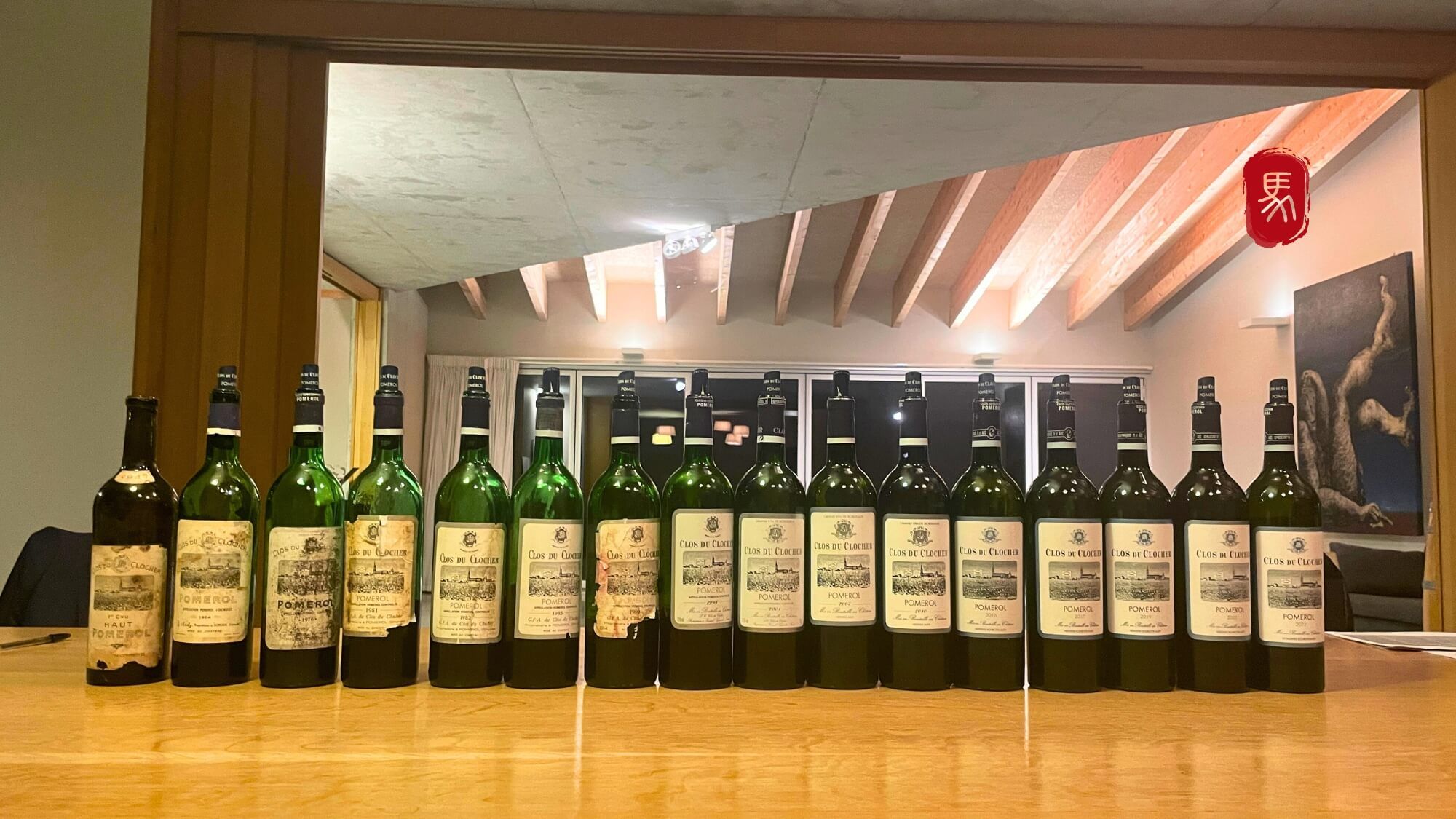
One early morning in 1924, the vineyards of Pomerol were gently awakened by the chime of church bells. Jean-Baptiste Audy stood amidst the vines he had just acquired, gazing up at the sky. The church tower loomed solemnly in the morning light, as if whispering to him. In that moment, a profound sense of mission surged within him—he was determined to craft exceptional wines from this revered land. And so, the story of Clos du Clocher began.
Jean-Baptiste Audy likely never imagined that a hundred years later, his great-grandson, bearing the same name, Jean-Baptiste Bourotte, would stand on the very same soil, carrying forward the family’s legacy. Four generations have tended to this land, ensuring its vitality and expression through the passage of time.
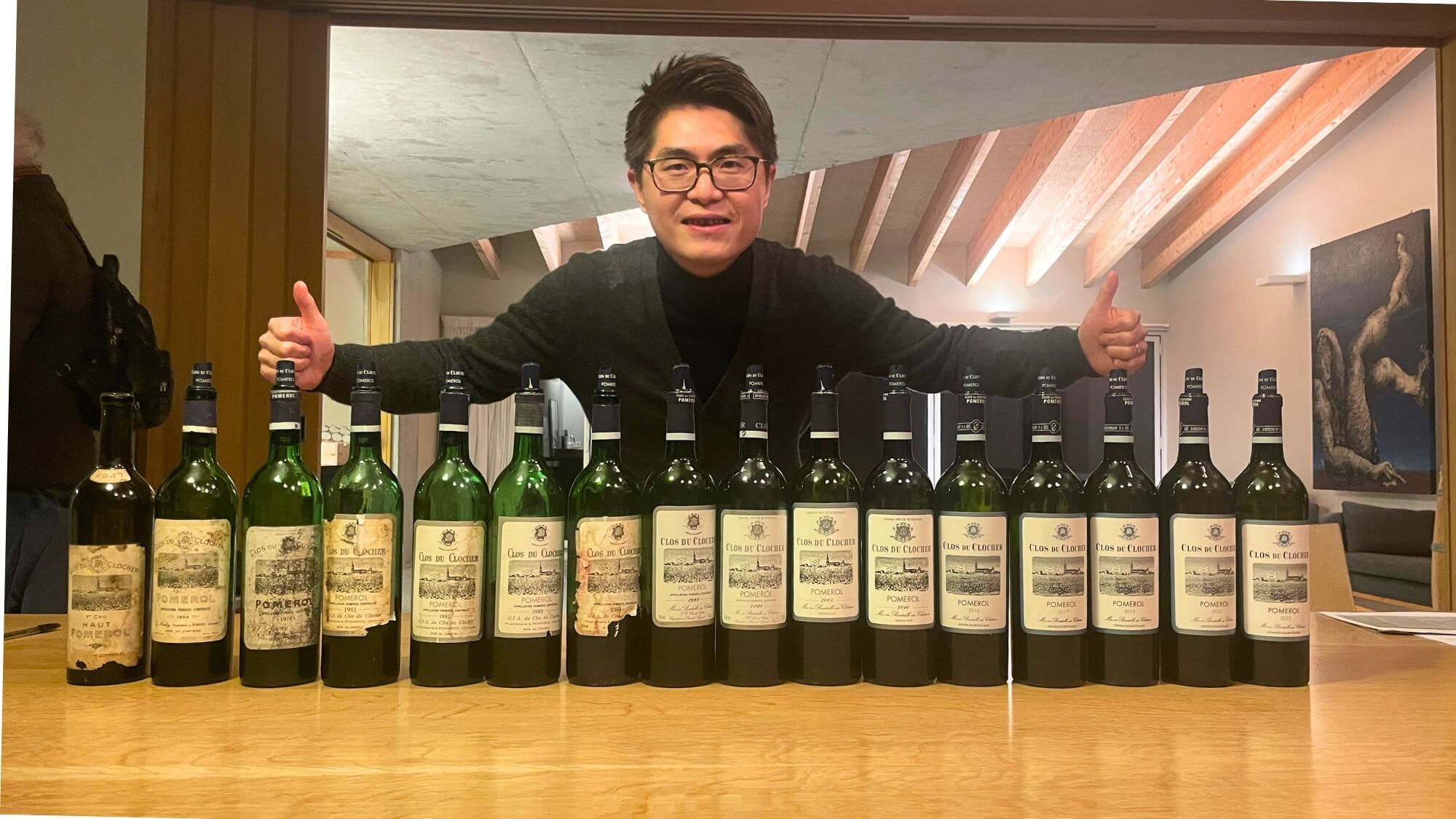
Within our niche circle of wine critics, there is a shared sentiment of regret when it comes to Clos du Clocher’s place in the wine world today. Despite its outstanding terroir and undeniable quality, it remains somewhat under the radar. Even the current owner, Jean-Baptiste Bourotte, wryly admits, “We sell well every year, but no one really knows us.”
The reason, in truth, is simple—Clos du Clocher is almost too discreet. It does not participate in international tastings like those hosted by the UGCB. Instead, it quietly finds its way into Michelin-starred restaurants and private cellars. With its already limited production, encounters with this wine are rare.
But as a wine critic living in France, one of my greatest joys is uncovering hidden gems like this and sharing them with others—helping wine lovers find extraordinary wines at incredible value. To me, Clos du Clocher is the ultimate under-the-radar treasure, and without a doubt, a strong contender for the top tier of Pomerol’s elite.
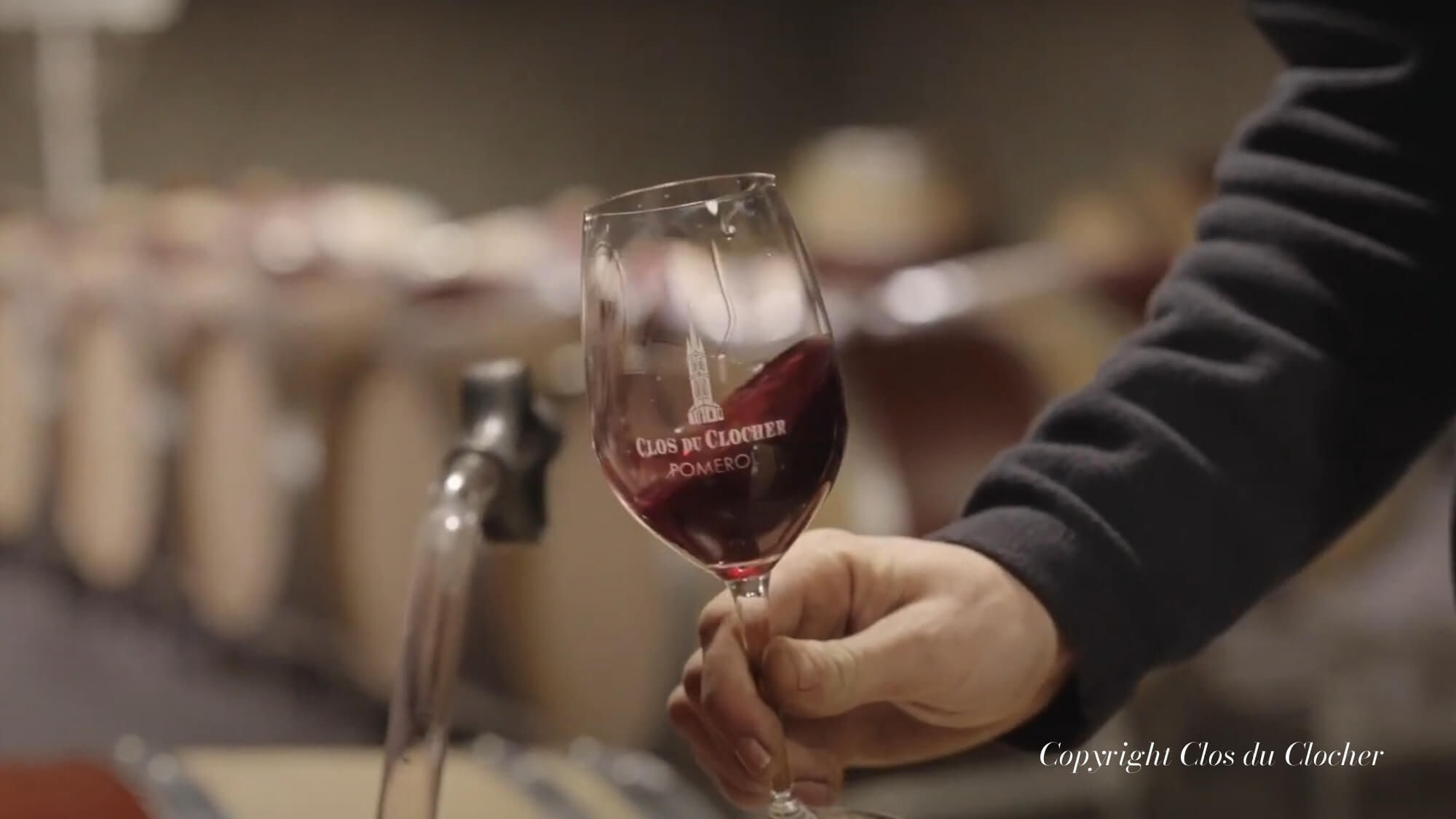
First Encounter:
The Unforgettable “Guns N’ Violets” of the 2005 Vintage
My first encounter with Clos du Clocher was with the 2005 vintage. I was dining with friends at a restaurant in Lyon, excitedly raving about the explosive character of several 2005 Bordeaux wines I had recently tasted. As I flipped through the wine list, my eyes immediately locked onto a bottle of 2005 Clos du Clocher at an unbelievably attractive price. No hesitation—I had to get it!
For the first hour and a half after opening, the wine was far from breathtaking. I could sense its broad structure, tightly coiled muscle, and a palate dusted with metallic powder, yet it remained entirely shut down—like a cannon buried deep beneath the mountains, unable to unleash its power.
But then, two hours into decanting, Clos du Clocher awakened as if by magic, stunning everyone at the table. It first playfully unfurled a single, fully bloomed violet before transforming into a cascade of purple silk, wrapping its formidable, steel-like structure in layers of elegance. “Wow, this is exactly what ‘Guns N’ Violets’ should be!” And it wasn’t just any violet—it was the quintessential floral signature of Pomerol. Simply mind-blowing.
Twelve years later, at Clos du Clocher’s centennial vertical tasting, I found myself face to face with this wine once again, and the experience felt almost surreal. The “Guns N’ Violets” character was still there, but this time, I discovered even greater nuance—warm pine resin, a cool minerality, and a composure that only time can bestow. This bottle was like a mirror, reflecting not only the brilliance of Clos du Clocher but also my own journey of growth over the years.
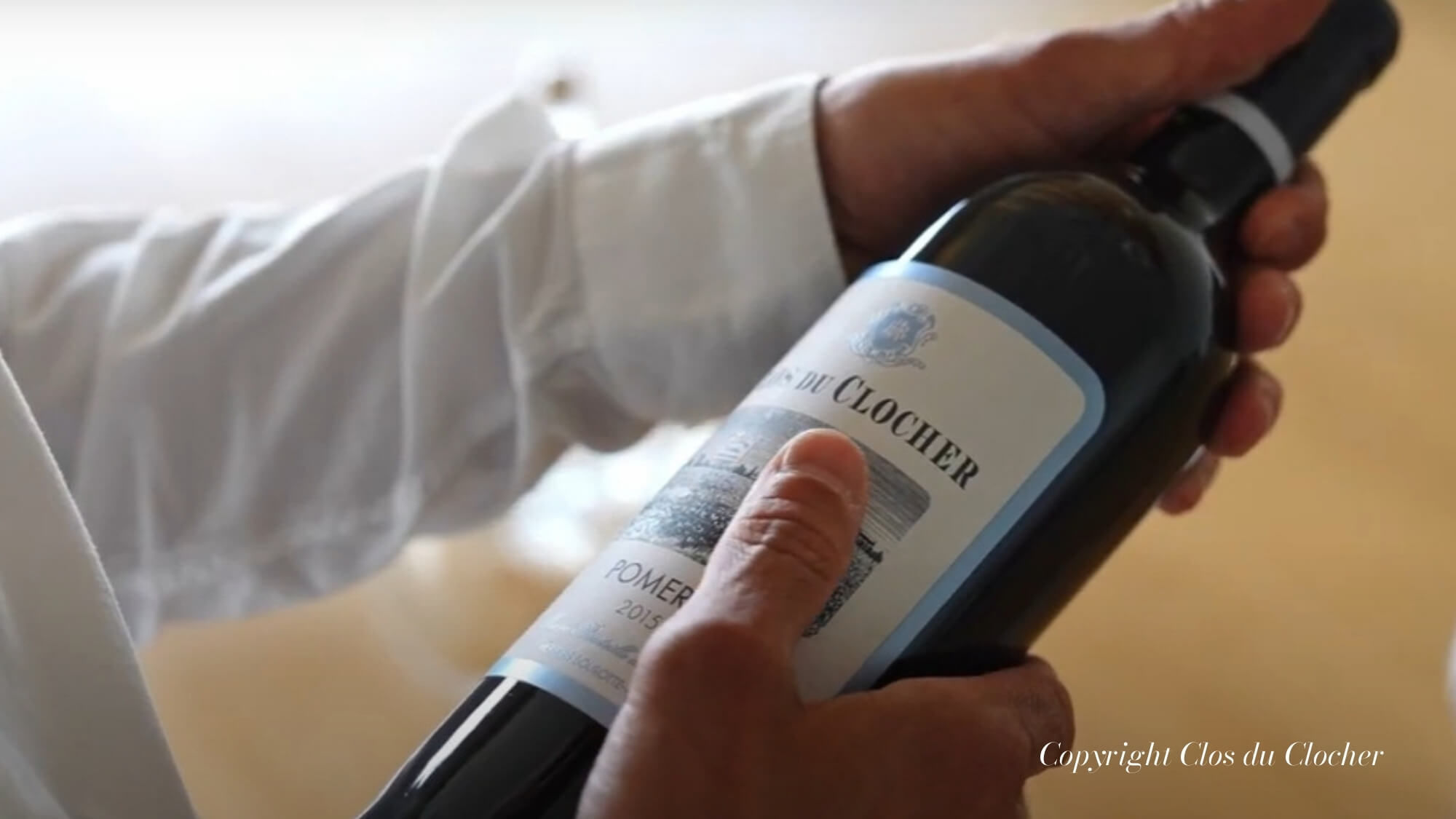
Transformation:
The “Rock Star” That Ages with Swagger
If wines had personalities, Clos du Clocher would undoubtedly be a “rock star”—cool and composed on the outside, but burning with intensity within. It always leaves a fine layer of metallic powder on your palate—a cool, almost austere sensation tinged with a rebellious edge. That’s why young Clos du Clocher often feels distant, as if keeping you at arm’s length. That’s why I’ve never recommended drinking it young—without at least ten years of aging, it tends to wear a stern, unyielding expression. But if patience isn’t your virtue, be sure to decant it for at least two hours. Once the wine fully opens up, the interplay between violet aromas and its signature metallic edge transforms your glass into a Guns N’ Violets live house—buzzing with energy and raw intensity.
Yet, don’t let its brooding exterior fool you—deep down, this wine is a true softie. Unlike the traditional Pomerol profile that develops rich truffle notes with age, Clos du Clocher evolves into something warmer, exuding pine resin and balsamic woodsy aromas. It’s as if you’ve stepped into an ancient pine forest, where the air hums with the scent of resin and the grounding presence of aged wood. If you’ve ever tasted the 2001 or 1998 vintages of Clos du Clocher, you’ll understand this harmonious dance between warmth and structure.
Moreover, older vintages of Clos du Clocher show remarkable stability. With a consistently low pH of around 3.6—an outlier in Pomerol—it maintains a bright, refreshing acidity while keeping volatile acidity and Brettanomyces firmly in check. When I tasted the 1964 vintage, I was utterly blown away—not just by its intricate layers, but by the taut, sinewy power it still carried. It felt like a seasoned athlete well past sixty, yet still moving with precision and strength. Simply awe-inspiring.
Why does Clos du Clocher craft such exceptional wines? Let’s now focus on its terroir.
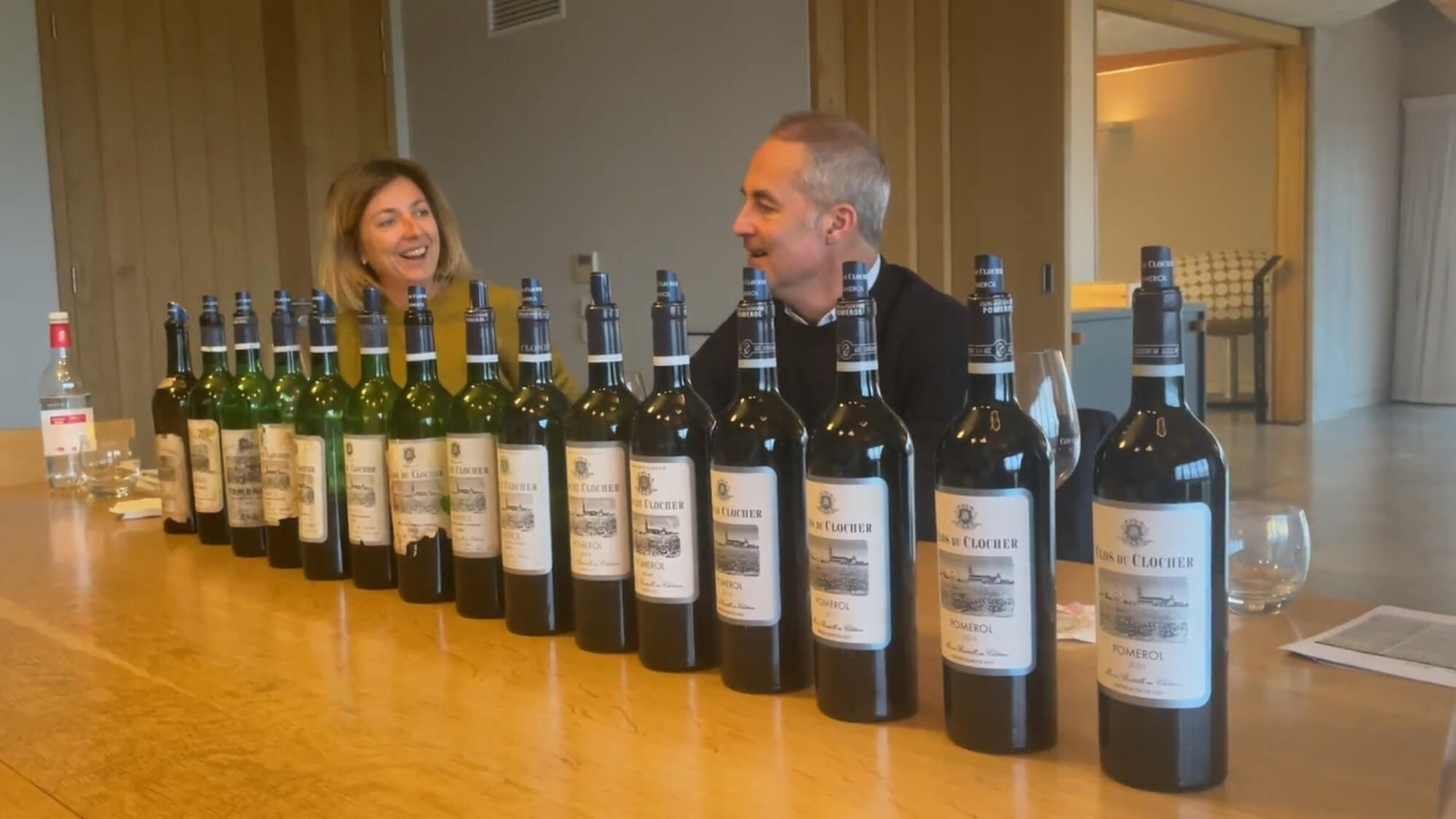
When Blue Clay Meets the Gravel Plateau…
Clos du Clocher spans a total of six hectares, with five hectares located on the gravel-clay plateau, surrounded by some of Pomerol’s most prestigious estates. To the south of the estate, in plot No. 12 on the map, lies another one-hectare vineyard. However, due to its sandy soil composition, grapes from this parcel are not used for Clos du Clocher. Instead, they are vinified separately to produce Château Monregard La Croix, another Pomerol wine.
A closer look at the vineyard map reveals that plots 04, 05, 06, and 07 are dominated by the classic blue clay, an ideal terroir for Merlot. This soil structure provides the wine with solid backbone and a full-bodied texture. Meanwhile, plots 02 and 03 sit between 35 and 30 meters in elevation, in a transitional zone of the gravel plateau. The surface here is covered in an abundance of pebbles, and the gentle natural slopes ensure excellent drainage—perfect conditions for Cabernet Franc. After the devastating frost of 1956, the Merlot vines in this area were nearly wiped out, while some resilient Cabernet Franc vines survived. Today, the oldest of these vines are over 80 years old.
Given the influence of blue clay and Clos du Clocher’s structured and powerful style, warm and dry vintages tend to be its moment to shine. Exceptional years such as 2022, 2016, and 2010 have all showcased its brilliance. Yet, unlike many Pomerol estates, Clos du Clocher does not succumb to excessive ripeness in hot years. Even in warmer vintages like 2019 and 2020, the wines maintain remarkable freshness and precision, a testament to the estate’s commitment to quality.
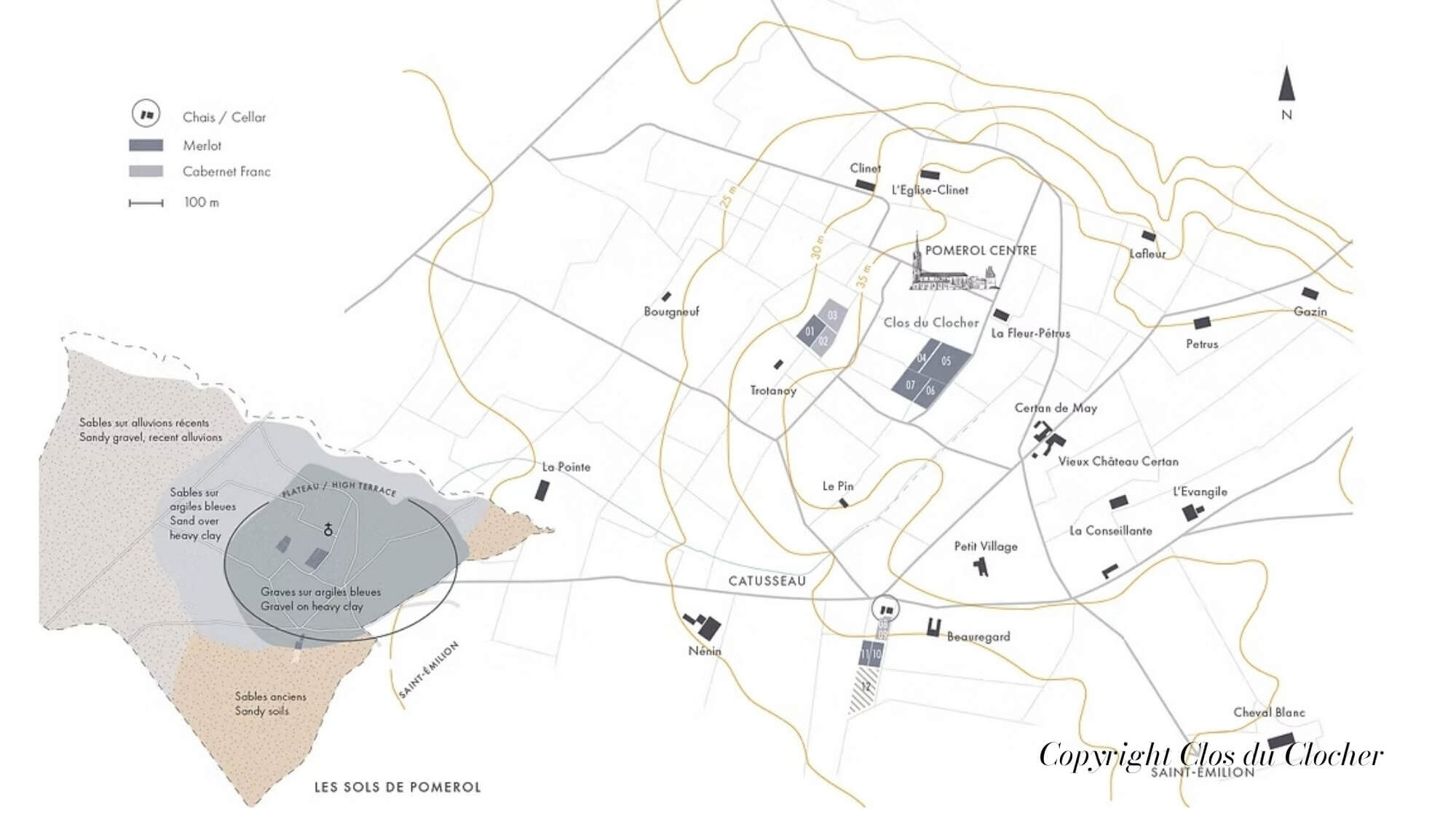
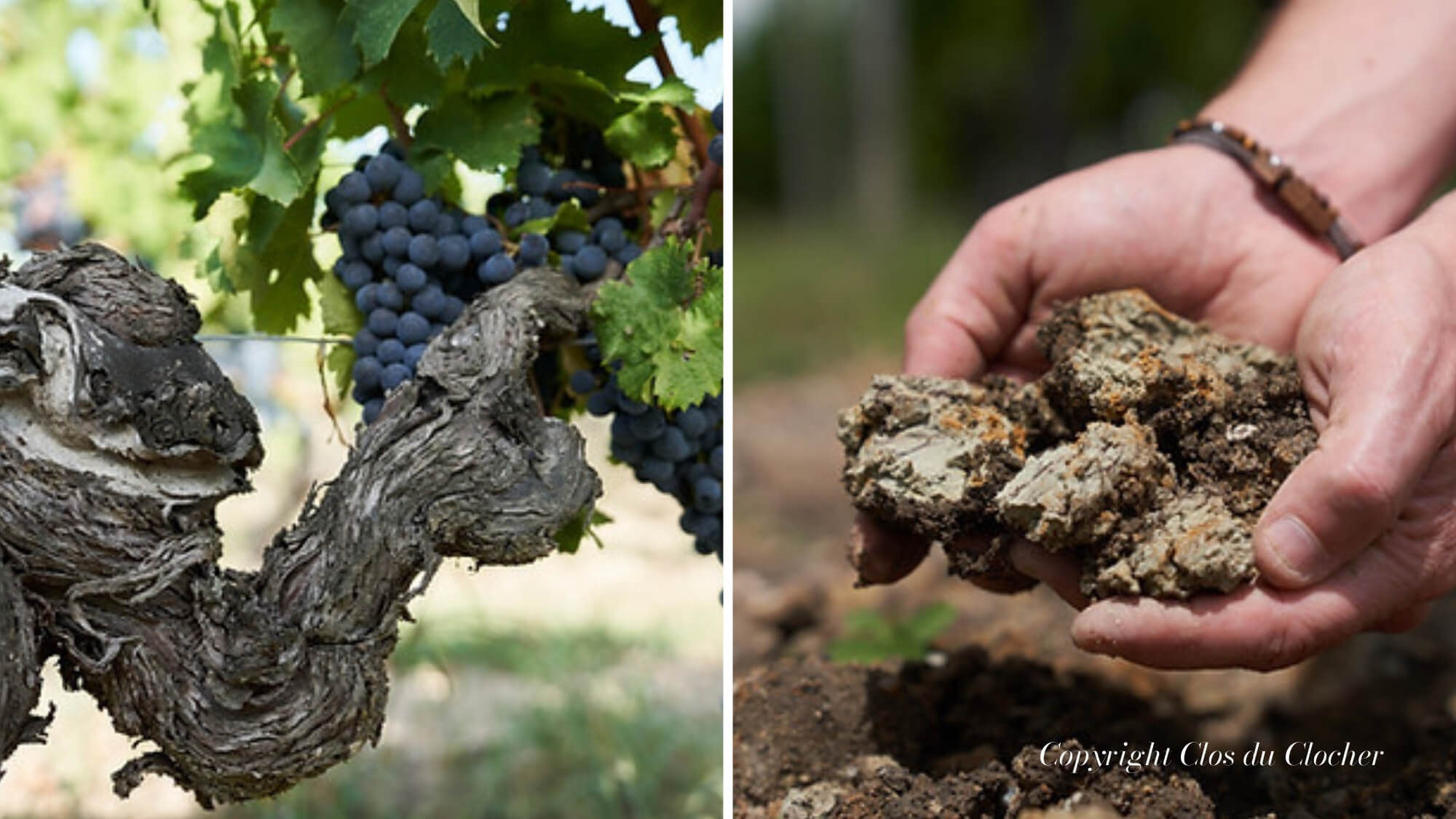
The Art of Winemaking at Clos du Clocher:
Precision, Nature, and Innovation in Harmony
Clos du Clocher employs intra-parcel selection (Sélection intra-parcellaire), a technique that allows for staggered harvesting within the same plot based on varying ripeness levels. This ensures that each vintage reaches optimal phenolic maturity. Since 2016, Jean-Baptiste Bourotte has introduced density sorting (tri densimétrique), a technology increasingly adopted by top estates. This method further refines grape selection, guaranteeing that only the finest berries make it into the fermentation tanks.
Fermentation at Clos du Clocher is entirely natural—no sulfur is added during the process, relying solely on indigenous yeasts to preserve the purity of fruit expression. Once fermentation is complete, the wine is aged in fine-grained French oak barrels, which enhance texture and complexity while maintaining finesse.
Balancing tradition with innovation, the estate has also experimented with alternative aging containers (élevage alternatif) to reduce the influence of toasted oak. Additionally, sulfur usage has been cut by half, and bottling takes place in a completely oxygen-free environment. These meticulous adjustments ensure the continuity of Clos du Clocher’s signature style—a wine of depth, balance, and undeniable elegance.
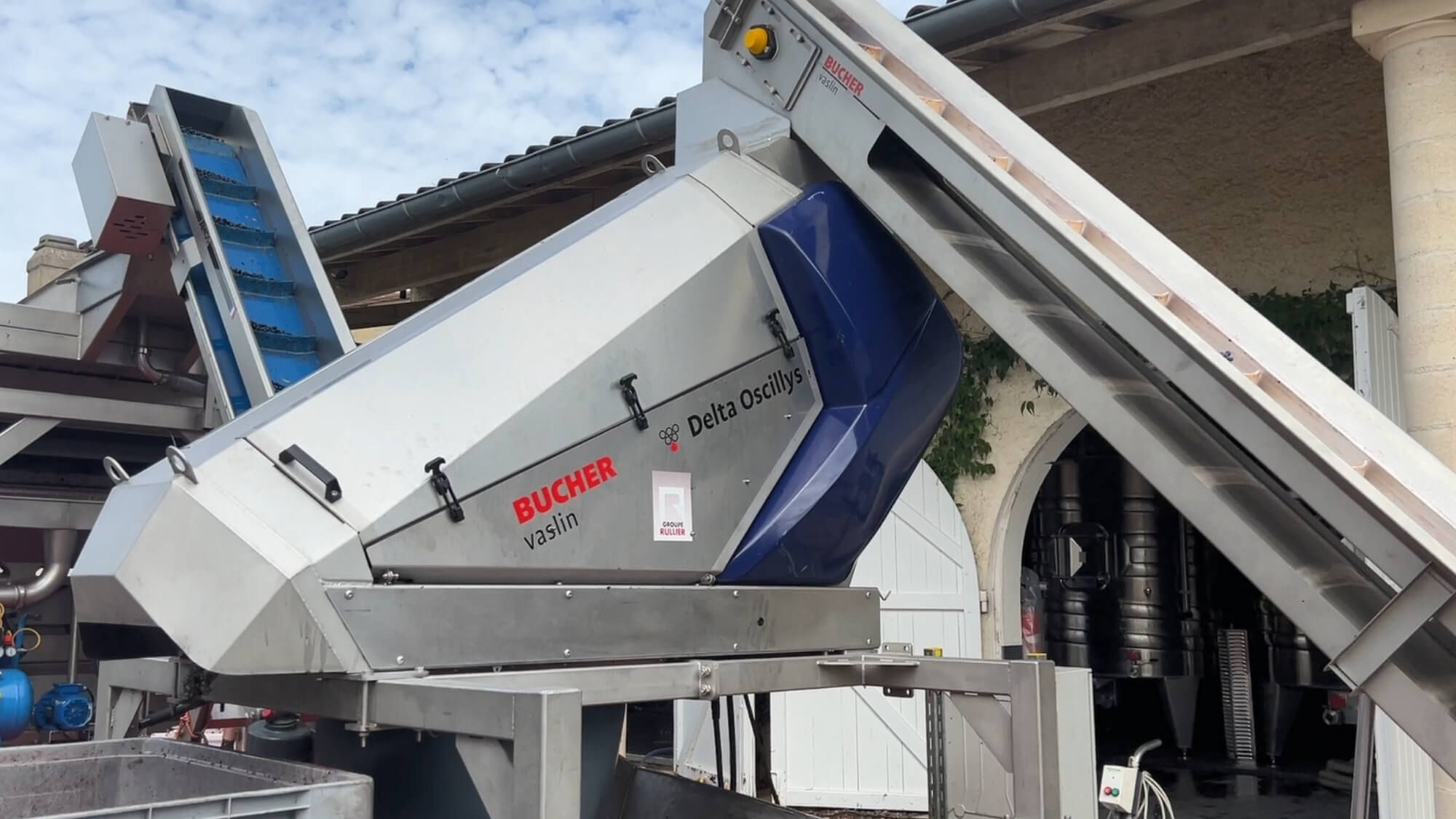
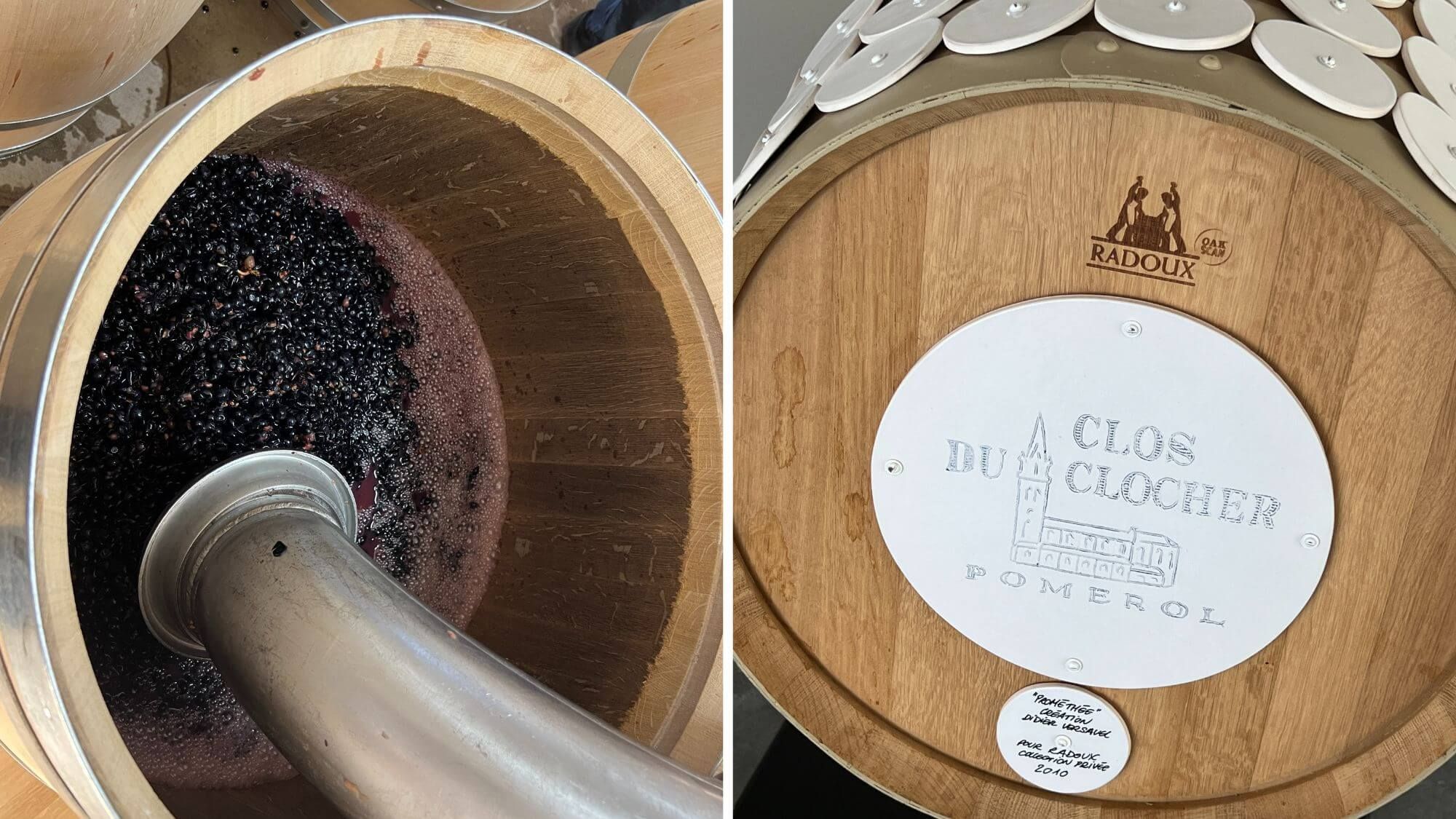
Four generations, one land, a century of history. Like the bells that chime over Pomerol, the tale of Clos du Clocher is deep and unceasing, ringing through the ages. Quiet in demeanor, yet brimming with strength. Soft in voice, yet echoing in memory. Each vintage is a continuation of history, a whisper of the land, and a testament to a family’s unwavering dedication.
If you ever have the chance to taste Clos du Clocher, take a moment to pause and listen—to the echoes of a century-old chime within your glass. You will realize that this is more than just a bottle of wine; it is a dialogue across time. One final word of advice: if the bottle is less than ten years old, grant it the patience it deserves. Only after at least two hours of decanting will you hear its most captivating melody.
